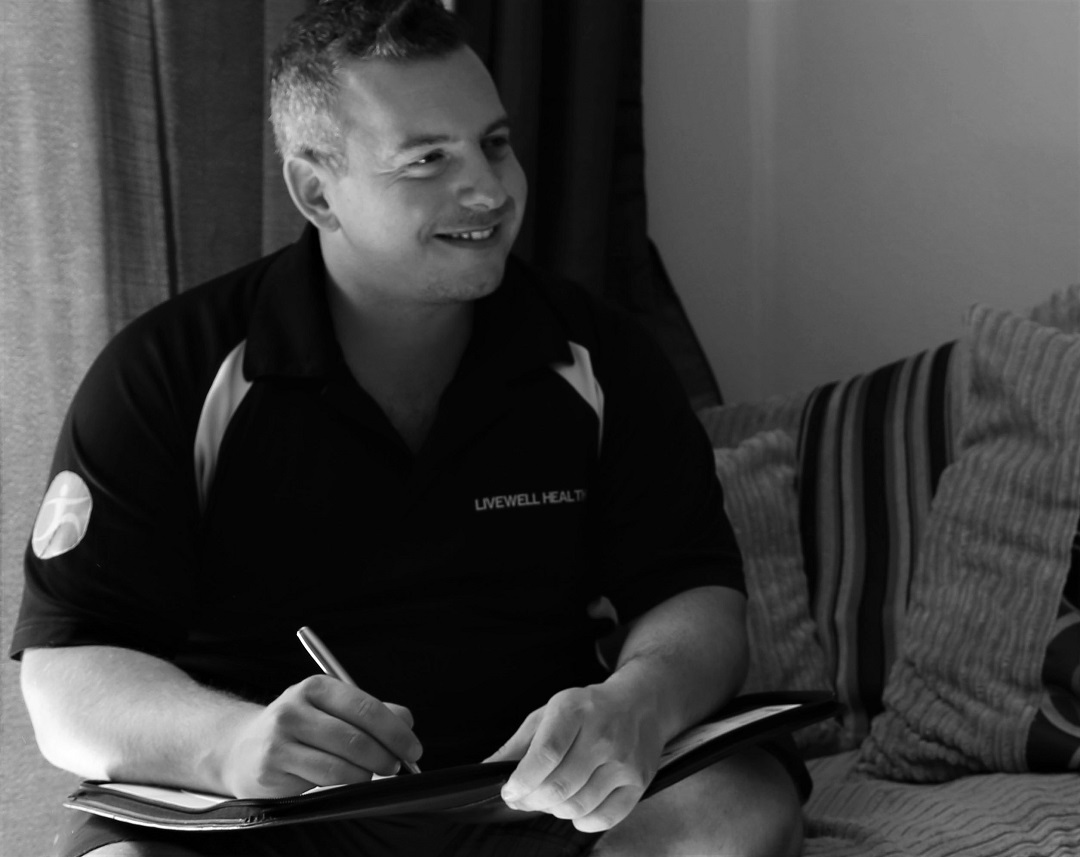This is one of the most common knee injuries, which can be sustained while participating in a number or sports or day to day activities. The severity of the injury can vary greatly from mild, where the injury will resolve on its own given time to heal, to severe, where surgery is often advised.
Anatomy
The meniscus is a ‘C’ shaped piece of cartilage that acts like a cushion between your femur (thigh bone) and tibia (shin bone). It acts to stabilize the joint and prevent wear and tear on the joint surfaces. As the name suggests, a this injury occurs when the meniscus cartilage tears.
Symptoms
The following symptoms could indicate a torn meniscus:
- A popping sensation in your knee
- Swelling or stiffness
- Pain, in particular when twisting or rotating your knee
- Difficult to straighten your knee
- A feeling of the knee being locked in to place
- Feeling like your knee could give way
Causes
A meniscus tear can occur as a result of any activity which requires the forceful twist or rotation of the knee- particularly when that knee is taking full body weight. Aggressive pivoting, sudden stops and turning actions carry a higher risk of injury. It is also possible to tear a meniscus while kneeling, deep squatting or heavy lifting.
Diagnosis
Your doctor my be able to identify a torn meniscus by performing a physical exam, assessing your range of motion, gait and ability to carry out certain movements. They may also use one or more of the following:
X-ray: this will not identify a torn meniscus but may be used to rule out other injuries.
MRI: this will produce and image of the hard and soft tissues in your knee and is considered the best imaging to identify a torn meniscus.
Arthroscopy: this uses a small instrument which is inserted through a tiny incision near your knee. It uses a light and camera to provide an image of your knee, then other surgical tool scan be inserted and used to trim or repair the tear.
Treatment
Treatment generally starts conservatively, depending on the severity of your injury.
- Rest – You may be advised to avoid activities which aggravate the pain or involve any twisting, rotating or pivoting. If the pain is severe using crutches can rest your knee and give the injury time to heal.
- Ice – This can be used to reduce pain and swelling. Generally it is advisable to apply a cold pack (wrapped in a towel) to your knee for 15 minutes while it is elevated. This can be repeated every 4-6 hours.
- Medication – Over the counter pain relievers (often NSAID’s like ibuprofen) can be used to alleviate the pain.
- Therapy – Physiotherapy or Sports Massage can help to stabilize and support the knee joint while strengthening the muscles surrounding it.
- Surgery – If the injury is still painful after conservative treatment surgery may be advised to repair or trim the meniscus. In the case of severe degenerative arthritis a total knee replacement could be recommended.
Exercises
Once your knee is in recovery there are many exercises that can support your body as it heals. Remember for this type of injury it is not advisable to ‘push through the pain’. Pain is a warning sign from your body that you are asking more than it is capable of at the moment. Under advice from a soft tissue specialist your exercises are likely to proceed through the following stages:
- Improve Range of Motion- flexing and extending your knee as far as possible without pain.
- Stretches- reducing excess tension in your leg muscles.
- Basic Exercises- e.g. straight leg raises and calf raises.
- Advanced Exercises- e.g. squats, weighted leg strengthening and advanced stretching.
Prevention
As they are normally caused by an accident, meniscus tears can be difficult to prevent, however the following precautions can lower the risk:
- Strengthen your Quadriceps, Hamstring, Adductor and Abductor muscles of the upper leg (thigh muscles) with regular exercise.
- Always warm up with light activities and active stretching.
- Rest between workouts to allow your body to repair.
- Wear shoes that fit well and provide support.
- Stretch regularly to maintain flexibility.
- Make changed to the intensity of your activity gradually.
If you have any issues around meniscus tears then our team can help diagnose but also and more importantly help you rehabilite the injury. Our specialists physiotherapists and sports therapists deal with issues like this frequency. Contact us today or make a booking.


